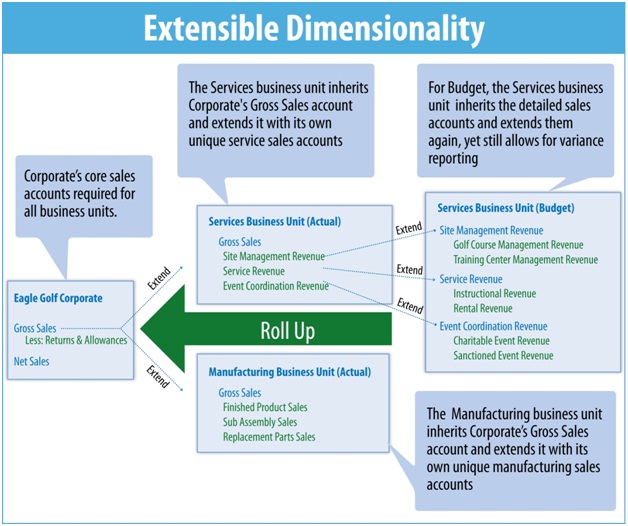By Craig Colby, Vice President, OneStream Software:
There is a good reason that there are hundreds of budgeting and planning systems. Budgeting is simple aggregation. However, when these budgeting solutions claim that they also do consolidation, you really need to dig deeper. Most of them can handle a single currency, a lack of intercompany elimination complexity or really simple calculations, however, they really don’t know how to handle the complexity that comes with the combination of multi-currency, hundreds or thousands of entities, multiple organizational structures, constant rate analysis, minority interest, intercompany, multiple source ERP or GL systems, consistency, audit, reporting and speed that you expect to see from these systems. Their marketing materials will all say that they do these things, but we know from experience that saying and doing are two totally different concepts.
OneStream’s Domain Knowledge is the main reason why OneStream Software is the only vendor that can truly challenge Oracle® Hyperion® for Financial Consolidation & Reporting and Financial Data Quality software leadership. OneStream XF is the only solution that can truly meet and exceed the functionality that Hyperion® offers. Our analytical engine provides the flexibility to handle the typical complexity of large organizations along with the power to consolidate multi-dimensional applications with unprecedented speed. There is simply no one who understands these systems and the requirements to handle every conceivable issue like Bob Powers, the inventor and former chief architect and engineer of HFM and Tom Shea the inventor and former chief architect and engineer of Hyperion FDM/UpStream.
OneStream did not start off with a simple or small organization as our first customer. We started with a very complex multi-billion dollar organization with the complexities of over 2000 entities, hundreds of end-users, multiple ERP and general ledger systems including several SAP instances and extremely complex cash flow requirements. Although OneStream XF will be very attractive to mid market customers because of its pre-built functionality, ease of use and simplified deployment, it was built to handle the largest and most complex customers in the world. Several complex, multi-national, multi-billion dollar customers already place their trust in OneStream XF.
We continually hear that customers are looking to the SAP® BPC due to their SAP ERP investment, yet they continue to struggle with larger customers. In twelve years they have acquired just a few large customers as positive consolidation references. Even for these customers, if you look under the covers, you will find that they lack typical complexity or size of consolidation that we would typically see.
There are also several new “single product” vendors out there. These vendors say they do everything, but the word from consultants who have worked with these systems is that their message of simplicity is greatly exaggerated. Complexity is the term they typically use more than simplicity.
You will be amazed at the ease of deployment and use of such a powerful solution. We are Domain Experts for Enterprise Performance Management; we know Financial Consolidation & Reporting, Planning and Financial Data Quality better than any other vendor. Our Domain Expertise gives us a huge advantage when migrating from systems like Cognos, BPC, HFM or Enterprise and we will guarantee that every customer is successful! Contact us for more information or a demonstration of OneStream XF.

